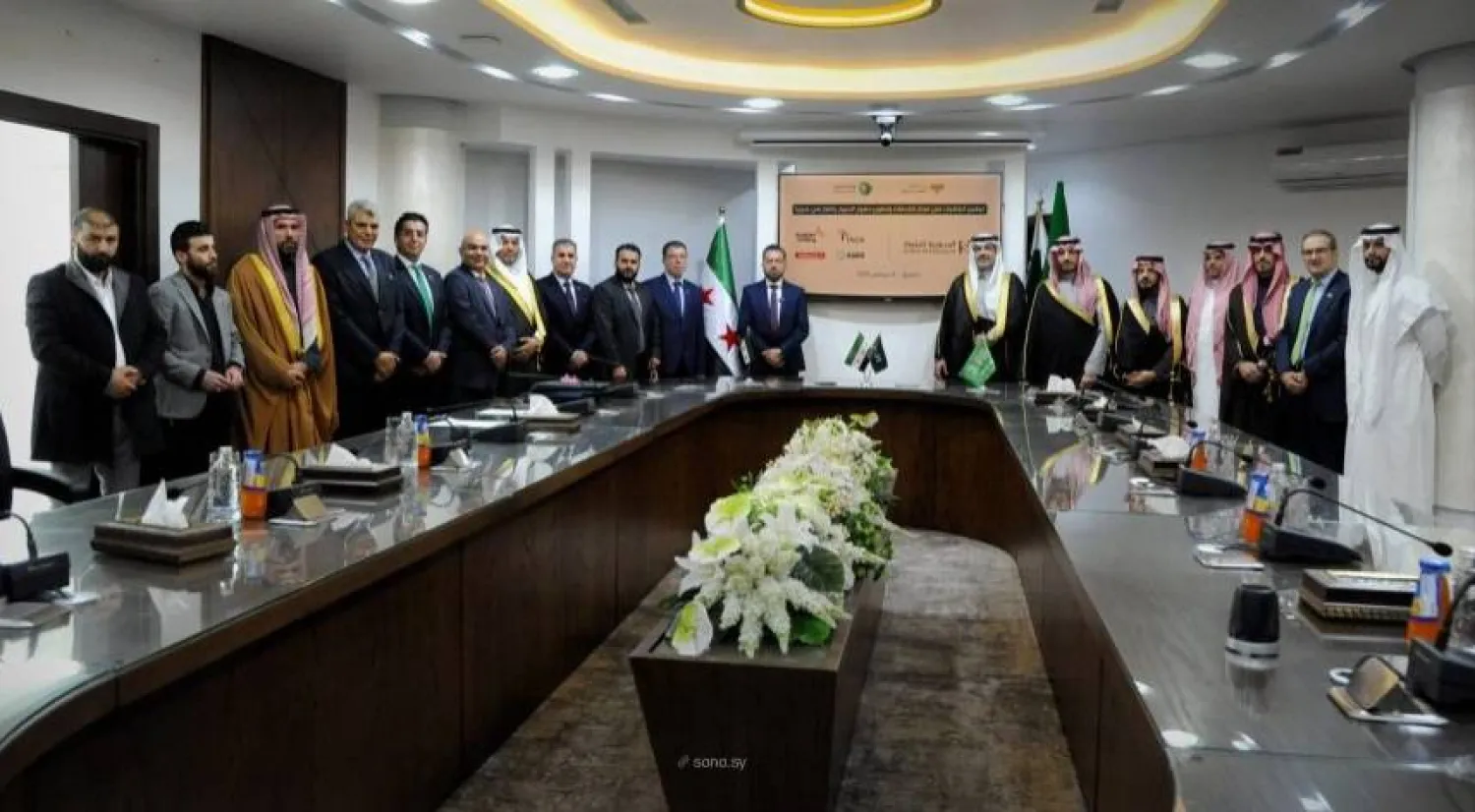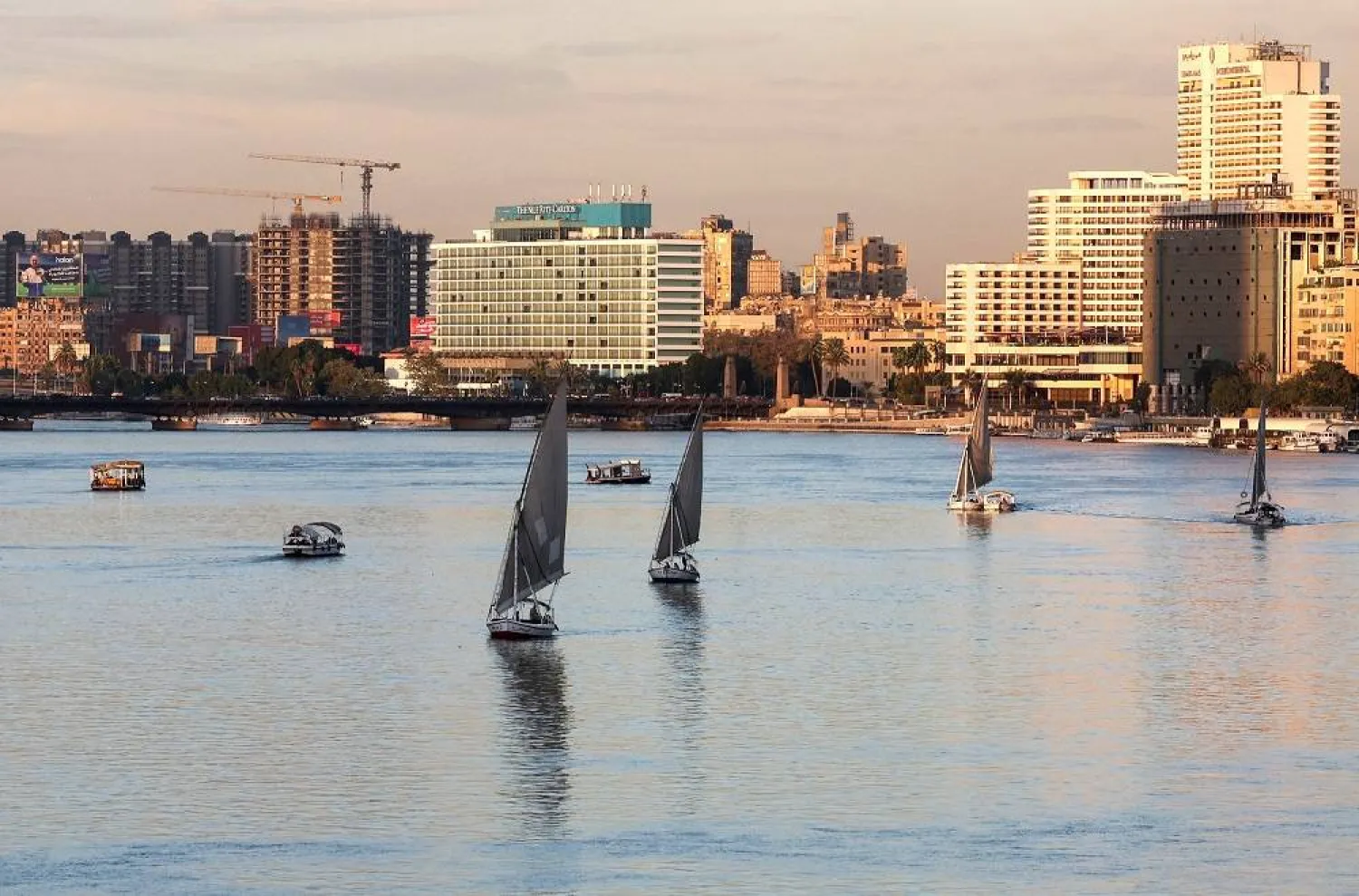Qatar has witnessed a remarkable drop in foreign direct investment in 2018, with the exit of $2.18 billion compared to an inflow of $986 million in 2017. The total drop reached 322 percent.
The Arab Investment & Export Credit Guarantee Corporation (Dhaman) announced a slight decline of 0.34 percent in foreign direct investment to Arab states, reaching $31.2 billion in 2018 compared to $31.3 billion in 2017.
Arab countries declined in the investment attractiveness index for 2019. The Arab world is now fifth among the world’s seven geographical groups.
During the inauguration of the 34th annual report on Investment Climate in Arab Countries for the year 2019, Dhaman Director General Abdullah Ahmad Abdullatif Alsabeeh expressed hope that the report would lay foundations to attracting more capital surges to the Arab states.
Speaking from Kuwait, Dhaman explained that the Gulf countries continued to lead the Arab performance followed by the Arab Mashreq countries, which ranked second and the Arab Maghreb, which came third.
The report, which is based on the latest data released by the United Nations Conference on Trade and Development (UNCTAD), said that direct investment inflows to Arab countries accounted for 2.4 percent of global investment that reached $1.297 billion in 2018.
“The UAE, Egypt and Oman received the largest share of investment inflows or 68.5 percent of the total investment inflow to Arab countries,” it said.
According to the report, FDI inflows to the Arab countries rose by 3.4 percent to reach $889.4 billion in 2018, representing 2.8 percent of global investment of $32.3 trillion. It pointed out that the number of new investment projects in Arab countries increased by 56 projects in 2018 to reach 876 new foreign investment projects compared with 2017.









